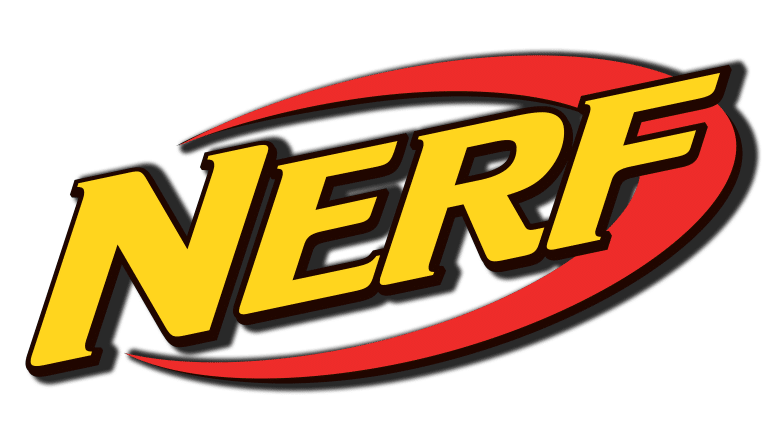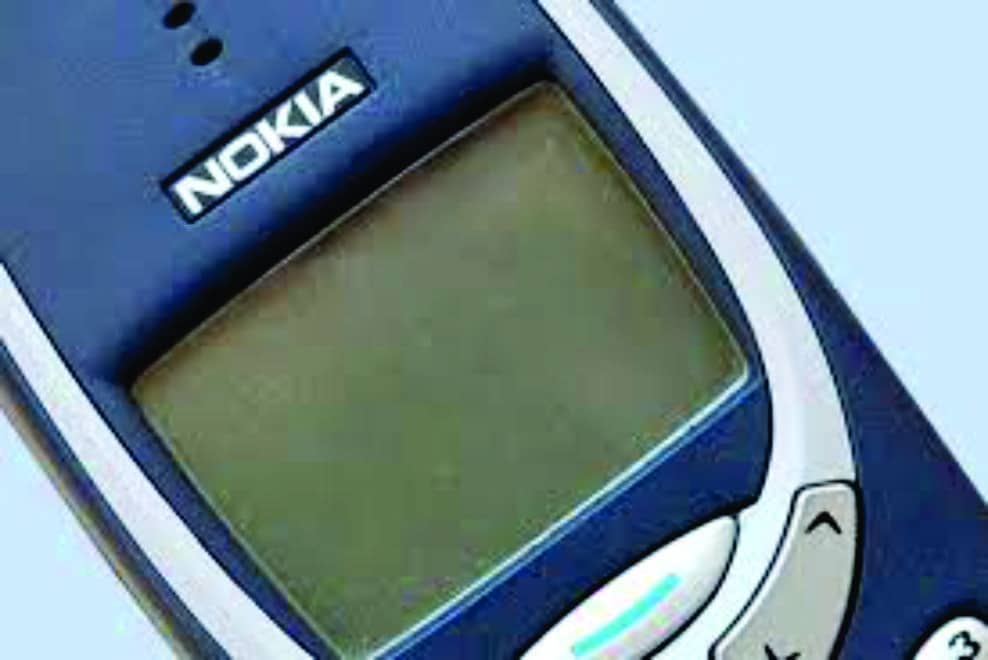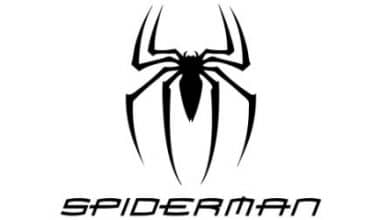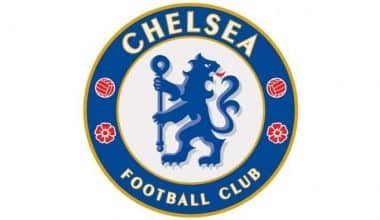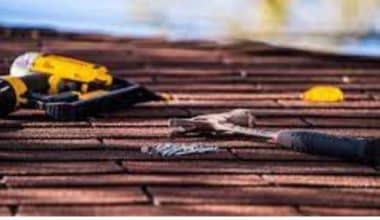If a company brings back memories, it means it has been around for a while and has done something right. Nerf is one of those brands, but we’re guessing that even if you love the brand, you probably don’t know everything there is to know about it. Continue reading below for a deeper dive into all things Nerf and its logo to learn more about this iconic childhood staple and Nerf’s path to success.
What is Nerf?
Nerf is a toy company based in the United States best known for its foam dart blasters and water guns. It is owned by Hasbro, but it was created by another company, Parker Brothers, in 1969. Initially producing indoor-safe balls, the brand later expanded to include foam-based weaponry with polyurethane foam-safe ammunition.
The Origins of the Nerf Logo
The name Nerf was inspired by racing jargon. This term refers to special crossbars covered in polyurethane foam and designed to protect vehicles in drag racing. They were attached to the trucks’ front ends, propelling the racers to the starting line.
The designers created an entire series of logos based on the original company name. The first one appeared in 1969, and the last one in 2020. During this time, the inscription took on a more modern appearance, with a 3D design and a gradient.
1969 – 1990
From its inception until 1990, the toymaker used a yellow wordmark with no other elements. The stylized font with a fantasy design on the letters made the short “NERF” lettering stand out. Uppercase “N,” “R,” and “F” were combined with lowercase “E” to create a more casual logo. The brand’s playfulness was emphasized by strong asymmetry, rounded corners, and wide lines.
This symbol first appeared in 1969, when Reyn Guyer invented a safe polyurethane foam ball that could not be broken. Parker Brothers started selling it as an indoor ball in 1970.
1990 – 1992
The brand was given a new name in the early 1990s. It was more complicated than the previous one. The word “NERF” was orange, but the inside was yellow in the form of thin strips. Along the edges, dark blue outlines of varying widths appeared. The letters crawled over each other and were lined up diagonally, so the “N” was lower than the “F.” The font is still round, but the glyph shapes have changed noticeably.
In the background, two new geometric shapes have been added: a yellow triangle and a light green rectangle. Seven orange-yellow lines to the left of the brand name emphasized the energy of movement. The word “Official” was inscribed above the speed lines and partly above the letter “N,” with the designers using a black font that looked like sloppy handwriting. All elements were set against a turquoise gradient background.
1992 – 1998
Nerf released its first dart blaster in 1992. This event was marked by an identity update. The brand name underwent another transformation: the letters were repainted yellow, separated (except for “ER”), tilted to the right, and aligned horizontally. Because the designers chose a typeface with short, rectangular serifs, the typeface lost its streamlined shape. The lettering’s dark outline was combined with the black word “BRAND,” which was located just below.
Symbolic elements have taken the place of the illogical set of geometric shapes. The first Nerf toy, a polyurethane foam ball, was represented by the blue circle. The dark pink rectangle with artistic perforation depicted a blaster firing a flying dart.
1998 – 2003
The pink rectangle was removed as a result of another redesign, and the blue circle was reshaped into an oval and moved up. Because of the smooth transition of shades from the light center to the dark edges, it appeared convex. The logo’s designers used a radial gradient, which was the only bright spot in the graphic composition. The other components, a gold-tone ring with a stylized letter “N” and the inscription “NERF BRAND” in the same color, appeared monotonous. For the company name, a new font was chosen: bold, sans serif, with rounded corners and a pronounced slant to the right.
2003 – 2004
The N-Strike Elite series of blasters first appeared in 2003. Around the same time, the logo was simplified, losing the blue oval in the ring and becoming only inscriptions. The letters in the word “NERF” flew in different directions like fluffy yellow clouds. Instead of the usual “BRAND,” there was an advertisement phrase “PLAY YOUR GAME,” which was also yellow and cloudy, but the designers used very small print to emphasize the brand name.
2004 – Today
The introduction of the new Dart Tag line coincides with the introduction of the new Nerf brand name. There was, once again, a brand name. It is centered and slightly beveled diagonally, similar to the 1990-1992 version. The yellow-orange lettering pays homage to the original design from 1969. And the thin black outline is identical to that of the 1992-1998 logo. An oval ring was taken from the graphic symbol 1998-2003, which looks like a red half-ring in the modern interpretation. It is placed behind the word “NERF” and is slightly raised upward, giving it the appearance of a flying boomerang.
2020 – Today
Nerf adopted a new logo with a 3D effect to refine its visual style. It is similar to the previous version, except that the brand name and surrounding arc are painted silver with a gradient of shades. All of the paths are blue and have a gradient. The letters and the boomerang both cast translucent light gray shadows, adding to the three-dimensional effect.
The Evolution of Nerf
The first Nerf product, which helped propel the Nerf brand to where it is today, can be found about 50 years ago. Let’s take a closer look at Nerf’s evolution over the last 50 years or so.
Nerf is founded in 1969
The Nerf ball, Nerf’s first product, was released in 1969 by Parker Brothers. Over four million of these Nerf balls were sold in just over a year.
Nerf expands its product line between 1972 and 1989.
Following the success of the Nerf ball, Nerf introduced the Nerfoop, a basketball game, and the Nerf football in 1972. These products are responsible for the brand’s Nerf Sports division.
In 1983, the Nerf Baseball was added to the line. Consumers were drawn to Nerf Baseball because, unlike actual baseball, it could be played indoors.
In 1989, a new type of product, the Power Drencher, also known as the Super Soaker, was introduced. Lonnie Johnson, an Atlanta aerospace engineer, invented this. This product completely transformed the water blaster industry. Nerf renamed this blaster the Super Soaker 50. Nerf’s water blasters were unique in that they used a trademarked air pressure technology that allowed water to be fired much faster and further than any of their competitors’ products.
Parker Brothers is purchased in 1991
Parker Brothers was a division of The Tonka Corporation, which was acquired by Hasbro, Inc. in 1991. With this acquisition, Hasbro gained control of Nerf. Following this acquisition, Nerf released another product, this time their first bow and arrow. The following year, Nerf released yet another product, the Nerf Sharpshooter, their first Nerf dart blaster.
The N-Strike is implemented between 2004 to 2008
The N-Strike was introduced in 2004. This product elevated previous Nerf blasters to a whole new level. The N-Strike also came with the Unity Power System, which included three blasters that could be fired simultaneously or individually. This contributed to the Nerf brand’s ongoing innovation. Nerf began to experiment with different layouts and universal parts after the release of N-Strike.
Fast forward to 2008, and a new addition to the N-Strike line, the Nerf Vulcan blaster, was released. Even today, it’s difficult to find a blaster that is larger or better than the Vulcan.
Nerf continues to expand its product line from 2011 to 2013.
Their next product was the Nerf Vortex disc-throwing blaster line, which debuted in September 2011. The following year, a new Firevision line allowed users to use their Nerf blasters at night. The only requirement was that the players wear the Fire Frames eyewear and the reflective Firevision technology. Players didn’t have to worry about losing control of the Nerf ball when they did this, even in the dark.
The Centurion blaster was another product that was released. This blaster employed mega whistler darts, something Nerf had never done before.
Nerf continues to release new products from 2015 to 2019
To commemorate Nerf’s 45th anniversary, the company expanded several product lines and released new blasters that outperformed previous models. Free-play and a built-in camera were among the features of some of these products.
Nerf continued to listen to its customers and released the Nerf Rival line in 2015. This was designed for users over the age of 14, and it allowed them to personalize their blasters. The following year, in 2016, Nerf released the N-Strike Elite Terrascout RC, a remote-controlled blaster drone with a camera and live video, an 18-dart pin, and the ability to be used both indoors and outdoors.
Nerf updated its N-Strike line with the Accustrike line in 2017. Nerf released a line of Fortnite blasters two years later, in 2019, to capitalize on the Fortnite hype. This gave players a “Battle Royale”-style experience with their Nerf blasters.
Nerf shows no signs of slowing down in 2021
Despite its long history, Nerf continues to develop and release new and innovative products. Nerf created the Nerf Hyper system in 2021, which includes rounds made of innovative, new material. When it comes to performance and speed, these rounds are the best yet.
Obstacles in the Way
When it comes to Nerf, the biggest challenge the brand has faced has been keeping its products fresh and exciting. They have been able to overcome this obstacle by listening to their customers and responding to their customer’s changing needs and desires.
Another stumbling block they encountered was when their parent company was bought out in 1991. Some businesses would have had to adapt to their new parent company’s style, but Nerf was able to continue doing what they were doing.
Nerf Logo Elements
The Font used in Nerf’s logo:
While the fonts have changed over the years, Letraset Crillee is the most recognizable. Dick Jones, Vince Whitlock, and Peter O’Donnell created this font specifically for Nerf. This custom font was created between 1987 and 1990, and you’ll notice that it’s bold with short triangle-shaped serifs. Even as the font on the logo changed over time, elements of this font were always present.
The color of the Nerf logo is:
The designers experimented with various colors over the years, but the color palette remained consistent. Yellow has been a recurring color; you’ll always see some variation of it in logos. Other colors, such as red, blue, and silver, were added over time, but a hint of yellow was always present.
The following are the Nerf logo symbols:
The wordmark that clearly states the brand’s name is the main feature of Nerf’s logo. However, some versions feature a circle or round ball. This symbol represents the very first Nerf product, the Nerf Ball.
The Origins of Nerf
No feeling was more powerful as a kid than holding a Nerf gun with the barrel pointed at your friend. A Nerf gun was the equivalent of a Colt Peacemaker in the belt of a Wild West gunslinger in the 1990s.
With a long, eventful history dating back to 1969, Nerf has been supplying children—and lads at sassy technology startups—with foam-rubber ammunition for decades, and they’re still going strong. Here’s a quick rundown of its history.
Parker Brothers founded Nerf in 1969, beginning with a 100 mm (4-inch) polyurethane foam ball. Reyn Guyer, a Minnesota-based game designer, approached Nerf in 1969 with a safe indoor football game. Parker Brothers decided to remove everything except the foam ball after careful consideration.
The Nerf ball was introduced the following year as “the first-ever official indoor ball in the world,” with the term “Nerf” referring to the foam stuffing used in off-road racing. “Throw it indoors without breaking windows or damaging lamps,” or “You can’t hurt old people or babies,” were marketing catchphrases.
The first TV commercials for Nerf balls featured Davy Jones, Micky Dolenz, and Michael Nesmith playing with the foam balls on a lounge soundstage, in collaboration with the Kool-Aid drink cocktail. The Nerf ball met strong consumer demand, and by the end of 1970, more than 4 million balls had been sold.
Read Also: Google Maps Logo: Meaning, Evolution & History
The 4-inch Nerf ball paved the way for the larger “Super Nerf Ball” in 1971. The Nerf family expanded the following year with the addition of the “Nerfoop” basketball game and the Nerf football, with the football quickly becoming the company’s most popular ball.
Nerf continued to expand the Nerf product line until it was taken over by a sister company, Kenner Products. Tonka Corporation purchased Kenner Products in 1987, but the company was acquired by Hasbro in 1991, making Hasbro the sole owner of the Nerf brand. Before Hasbro took complete control of Nerf in the early 2000s, it was distributed by the subsidiaries Larami and OddzOn.
Throughout its history, Nerf has always sought to expand its product lines, giving existing products new looks, with later Nerf product lines including sports balls, foam dart blasters, accessories, and video games.
Hasbro launched the “Rebelle” line, a girls-only sub-line, in early 2013, with the first products arriving in the fall of 2013. POW! published Nathaniel Marunas’ “The Ultimate Nerf Blaster Book” in November of the same year. Books. The book tells the story of Nerf and describes every N-Strike, Vortex Blaster, and Dart Tag available at the time the book was published.
Hasbro released the Rival Blaster line in 2015. Rival Zeus MXV-1200 and Rival Apollo XV-700 were the first products released. These blasters fire a new type of ammunition known as “High Impact Rounds”—small foam balls with a higher velocity than foam darts. The Rival line is aimed at an older audience and is suitable for those aged 14 and up.
Read Also: NVIDIA Logo: Why Does It Use Green? (Branding Tips)
Hasbro released the Hyper line of Blasters in 2021. The Hyper Mach-100, Hyper Siege-50, and Hyper Rush-40 were among the first products. Hyper rounds have the same design as Rival Rounds, but they’re smaller and made of thermoplastic elastomer, which is more like rubber than the foam used in Rival Rounds.
Today
Nerf has been a part of Hasbro, Inc.’s brand since it was purchased in 1991. Nerf, which was founded by Parker Brothers, produces foam-based blasters, water blasters, balls, games, and other items. Nerf’s most popular product is its dart blasters, which can fire “Nerf foam” ammunition at high speeds.
It’s been more than 50 years since the first Nerf product was released, and Nerf shows no signs of slowing down.
Takeaway
The most important takeaway from Nerf’s logo is that your logo can simply be the name of your company. Nerf’s logo has always been about the “Nerf” name, regardless of how many updates were made to the logo. Even as the logo alternated between childish, sporty, and professional elements, the name “Nerf” remained the focal point.
Conclusion
Nerf is a toy manufacturer founded by Parker Brothers that is now owned by Hasbro, Inc. The majority of Nerf’s toys are foam-based weapons, with other products including baseball, basketball, and American football balls.
Nerf’s most popular toys are its dart guns (also known as blasters) that fire ammunition made of “Nerf foam,” a partially interwoven polyether form of polyurethane foam.
The Nerf brand generates approximately $400 million in annual revenue.
Nerf Logo: Related Articles
- CLASSIC BRANDS MATTRESS: Overview, Reviews & What You Should Know
- TAYLORMADE LOGO: Meaning, History, Font & All You Need to Know
- SPIDERMAN LOGO: Symbol, Meaning, & All You Should Know
- Spider-Man Logo: Evolution, History, Meaning
